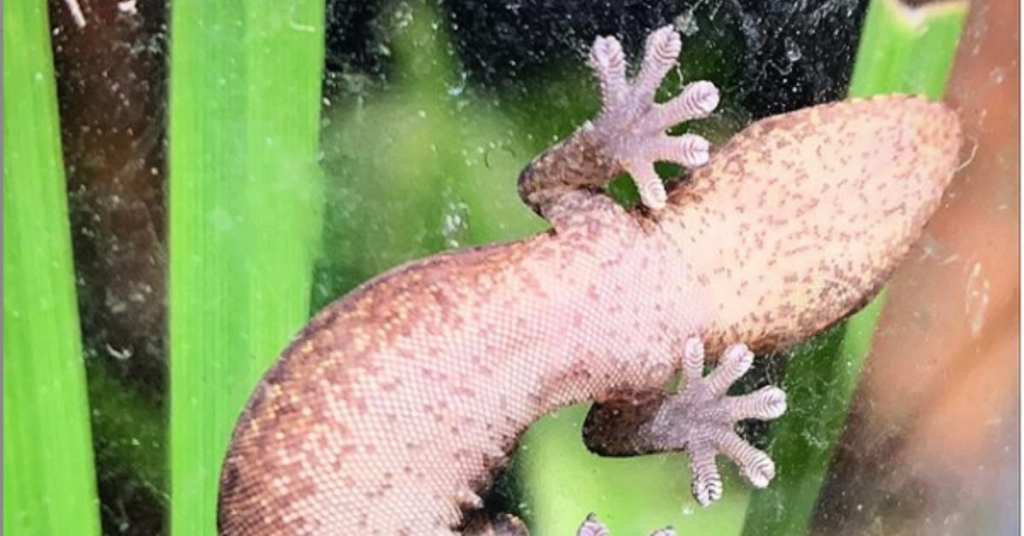Spiderman has been a very popular superhero for decades, so I guess it only makes sense that scientists think there’s probably a market out there for sticky pads that would let people climb a wall.
Like a gecko (or a spider).
Now, it appears they’ve done it – and that the product might be mass produced very soon.
https://www.instagram.com/p/BSCce7vA1Yw/
Engineers have been able to replicate the way that geckos seem to deft gravity, but until recently, the process has been too difficult and expensive to mass produce. Tiny hairs are the key – geckos have ridges on their toes that are covered with flat extensions called fibrils or setae. These “hairs” have a surface attraction to the atoms in solid objects, and when enough of them are packed in a tight space (like on a toe), they can hold up the lizard’s body weight.
To disengage, they simply change the angle their foot meets the wall (or ceiling).
Humans, of course, have a much larger body mass to hold up, and since our hands and feet are a relatively small portion of that, covering those in fibrils wouldn’t work. Instead, scientists have made oversized pads that fit over your hands and feet – about 10x the size of your hand.
https://www.instagram.com/p/pR2lMqtkQd/
In the past, researchers tried filling the templates with liquids that formed a polymer when set, but the process proved too arduous and costly to mass produce. The military has also been researching the possibility of climbing people, but their methods and costs are classified.
Recently, though, Dr. Michael Varenberg of the Georgia Institute of Technology found that pouring the polymers onto a smooth surface, then imprinting it with a shaped press after partially set, actually works better.
https://www.instagram.com/p/B-Fg5bnhTYy/
“Molding techniques are expensive and time-consuming processes. And there are issues with getting the gecko-like material to release from the template, which can disturb the quality of the attachment surface,” he said in a statement.
They believe that, aside from a market with people who want to try climbing vertical surfaces, the pads could have many practical applications with innovations like robot cleaners and production lines.
https://www.instagram.com/p/BtyH7LGnXJg/
“With the exception of Teflon, it will adhere to anything. This is a clear advantage in manufacturing because we don’t have to prepare the gripper for specific surfaces we want to lift,” Varenberg explained. “Gecko-inspired adhesives can lift flat objects like boxes then turn around and lift curved objects like eggs and vegetables.”
So, okay fine. They’ve come up with some real applications for the product (which I’m sure helped with funding!), but let’s face it.
We all just want to try our hand at being Spiderman.
I mean. I don’t want to fight anyone or anything, but climbing walls would be pretty cool.






